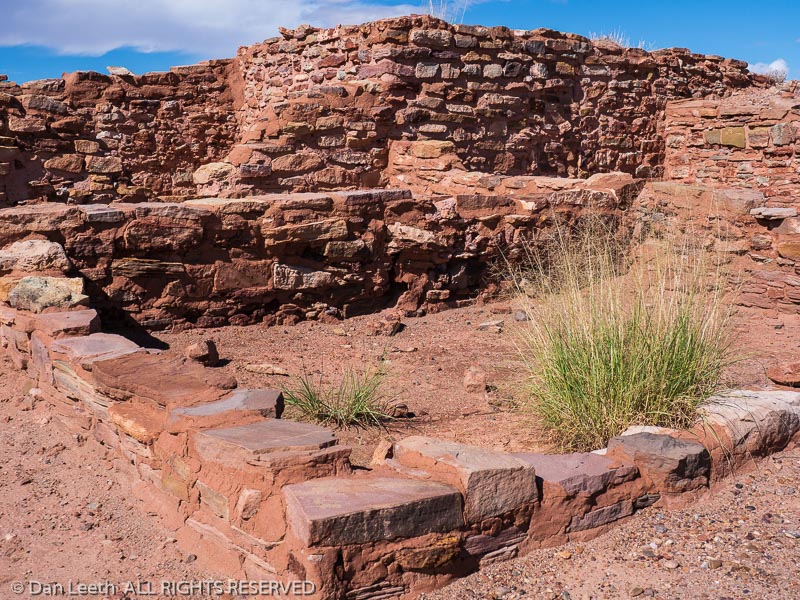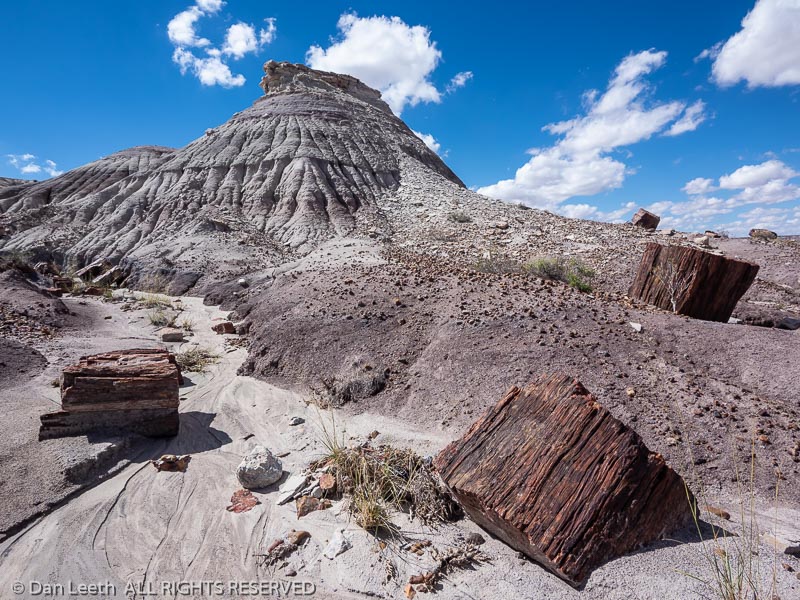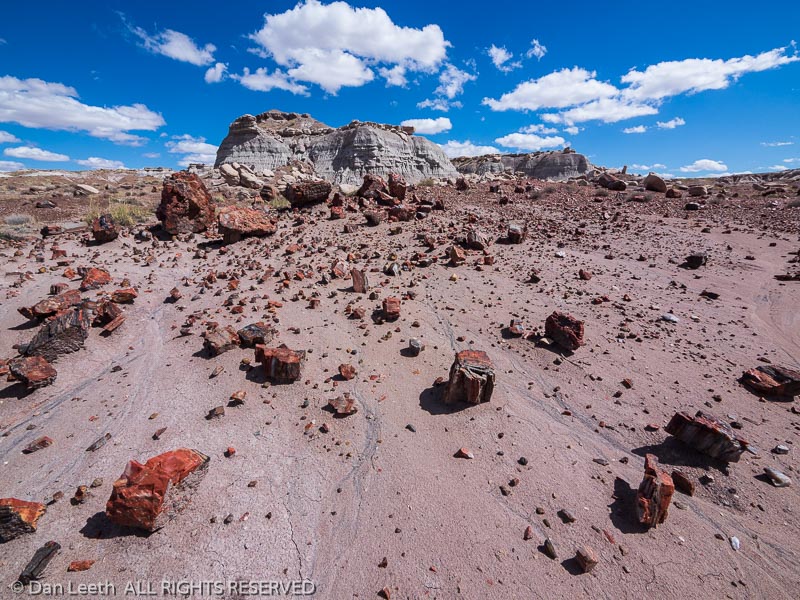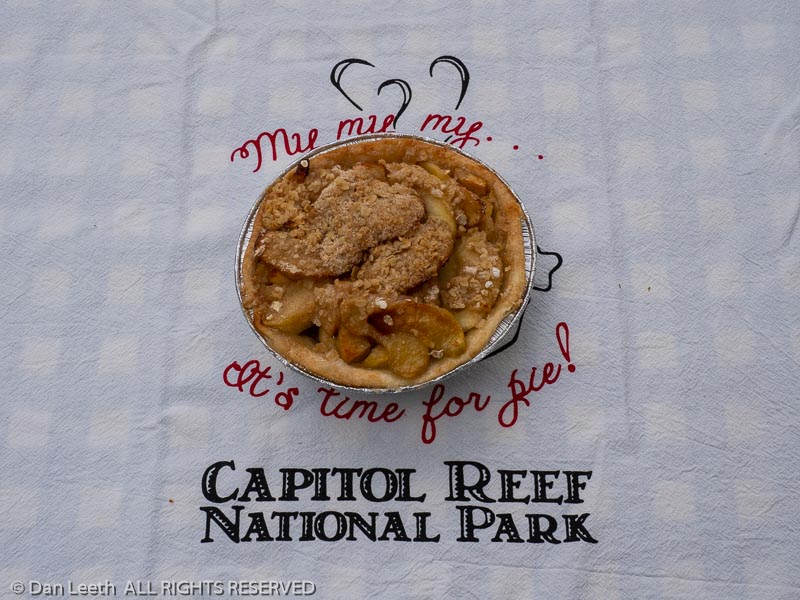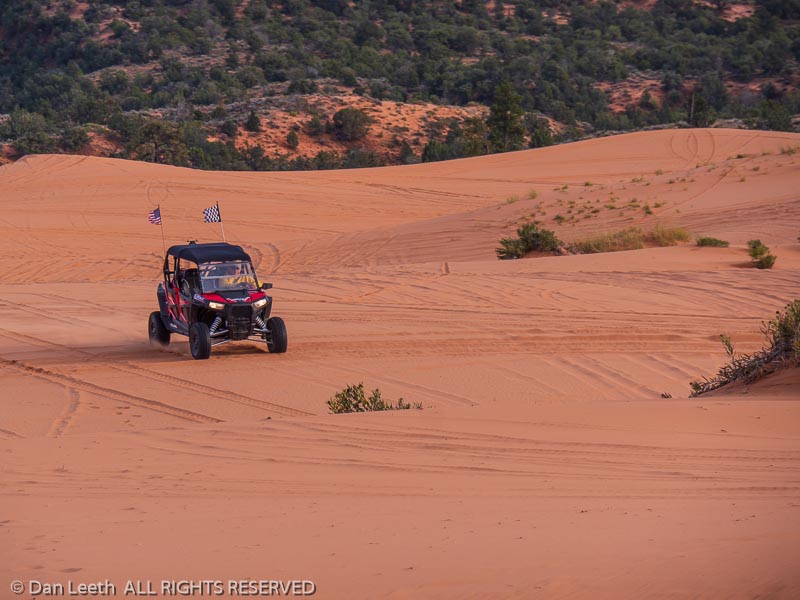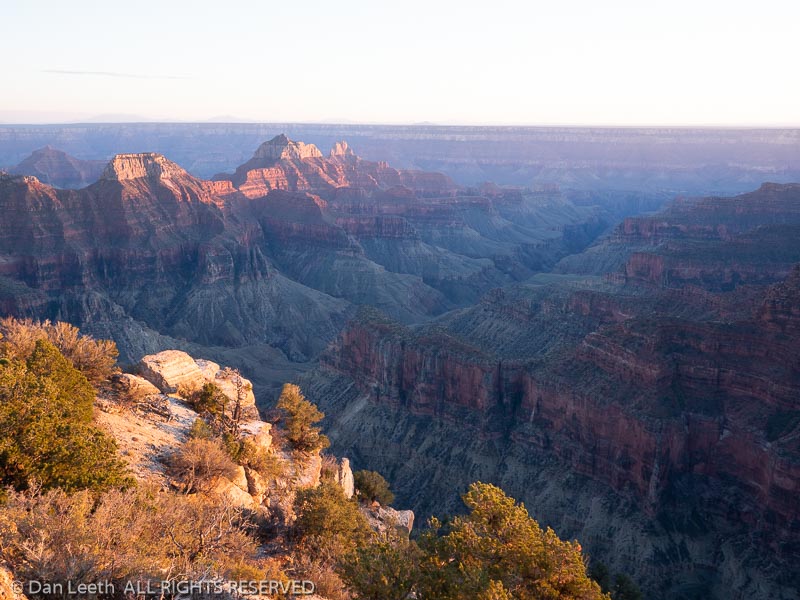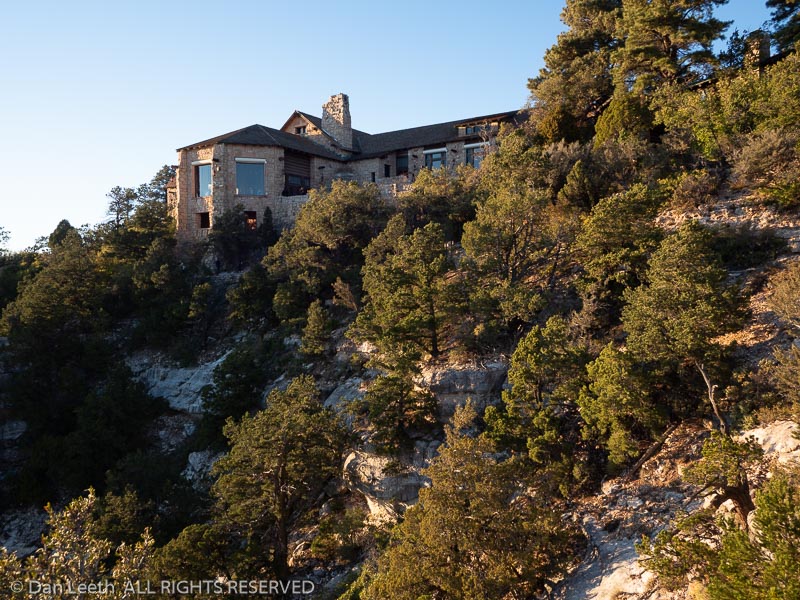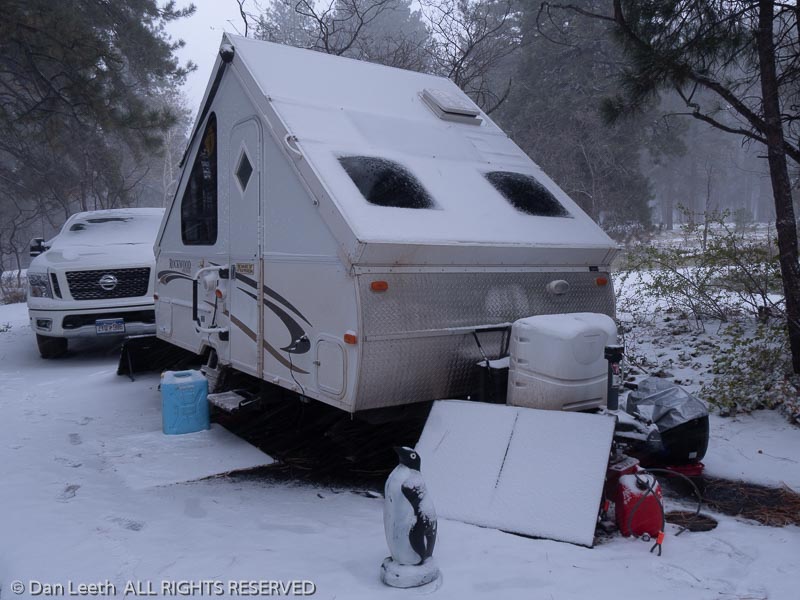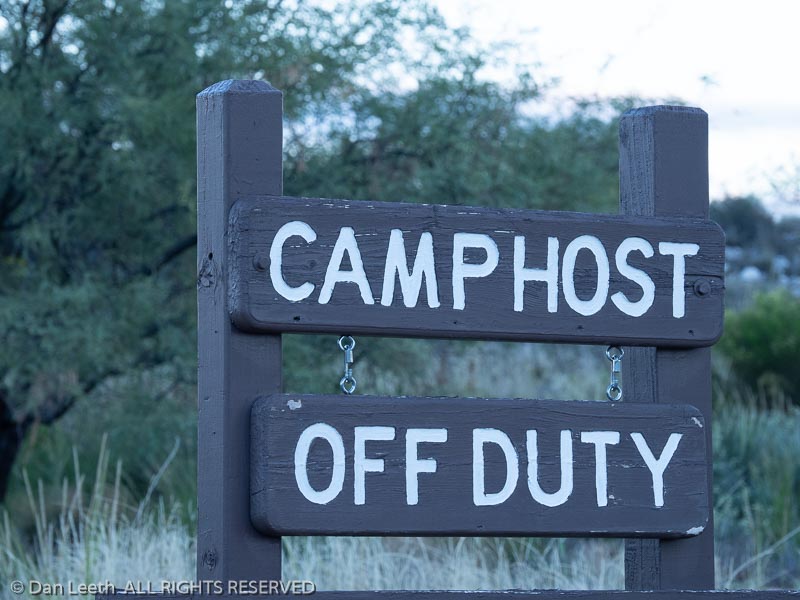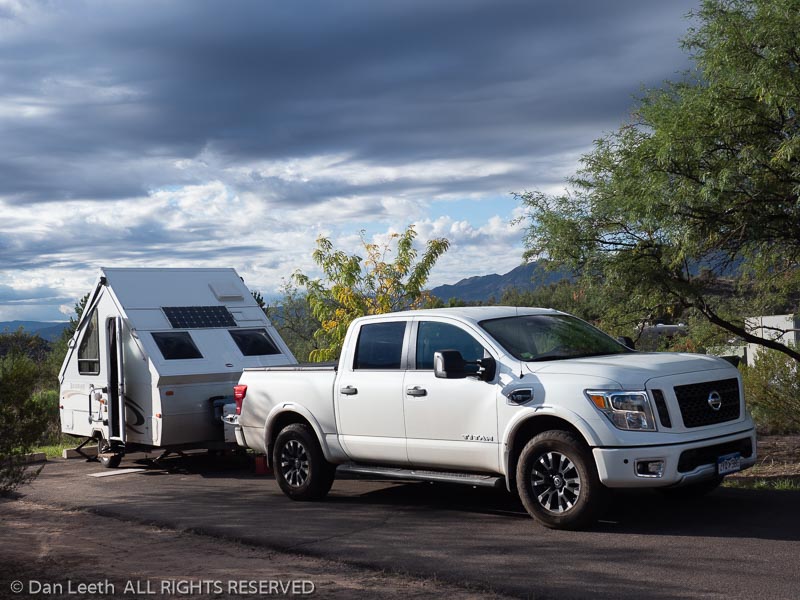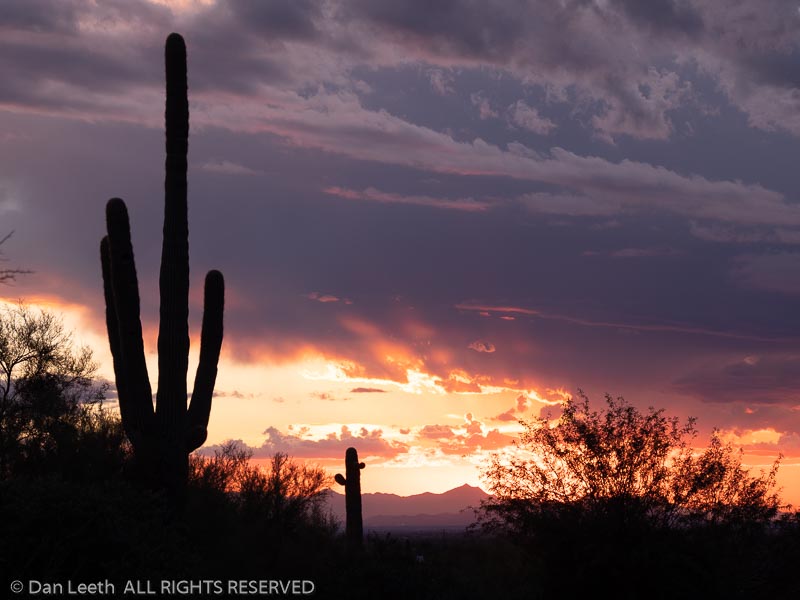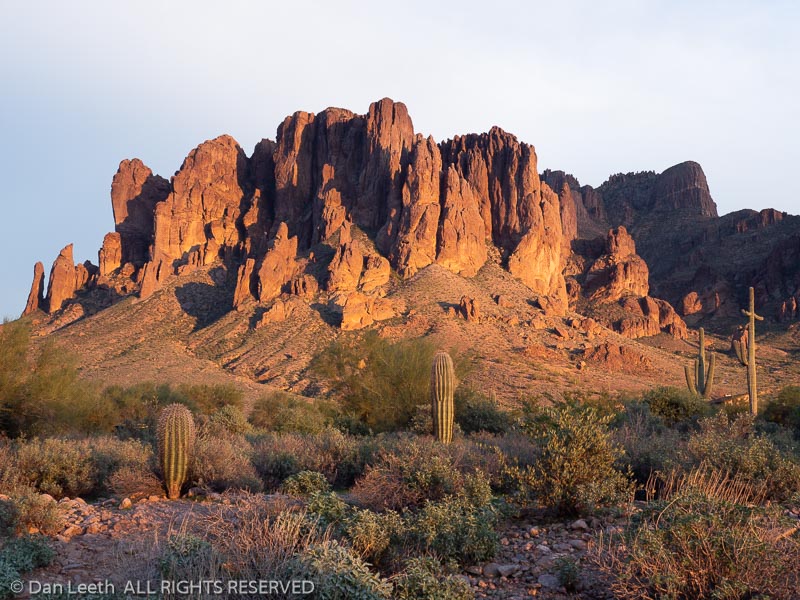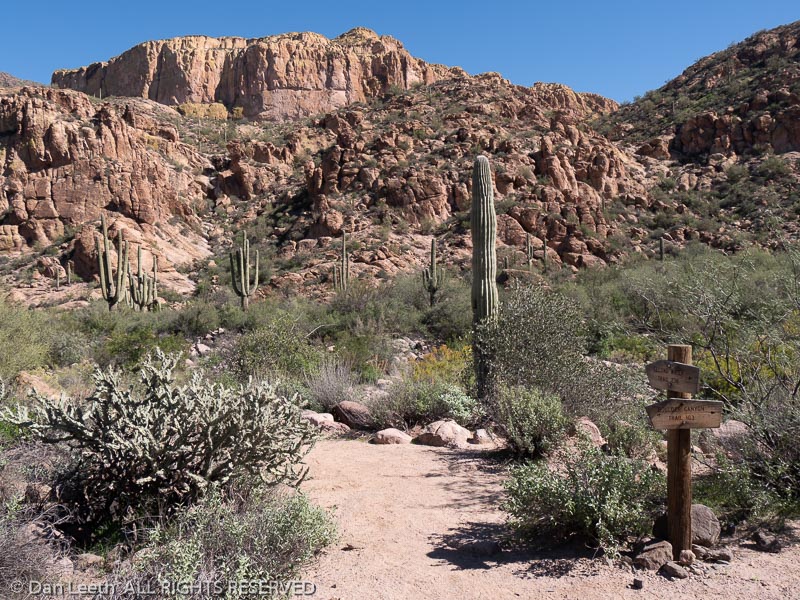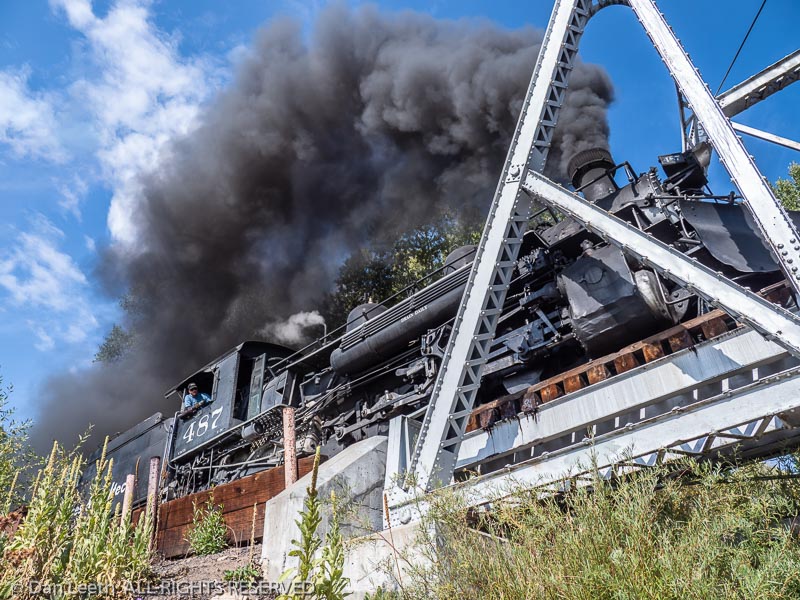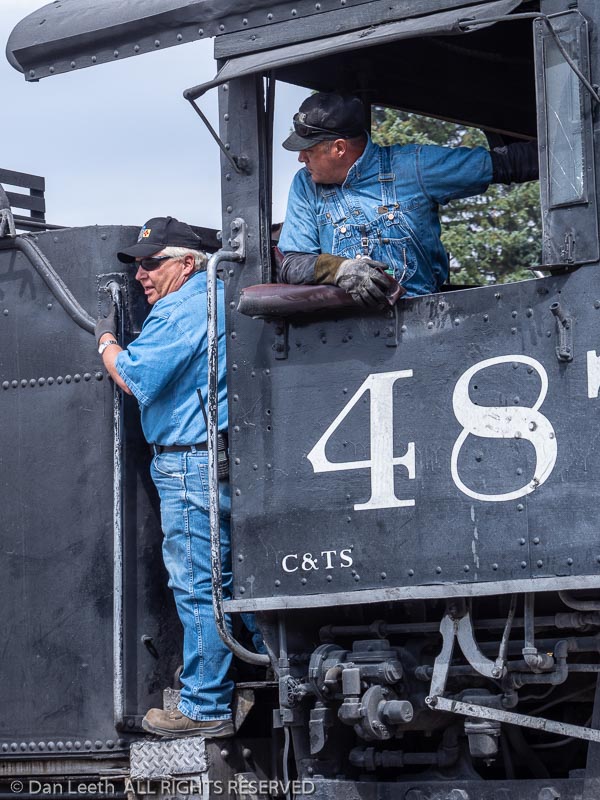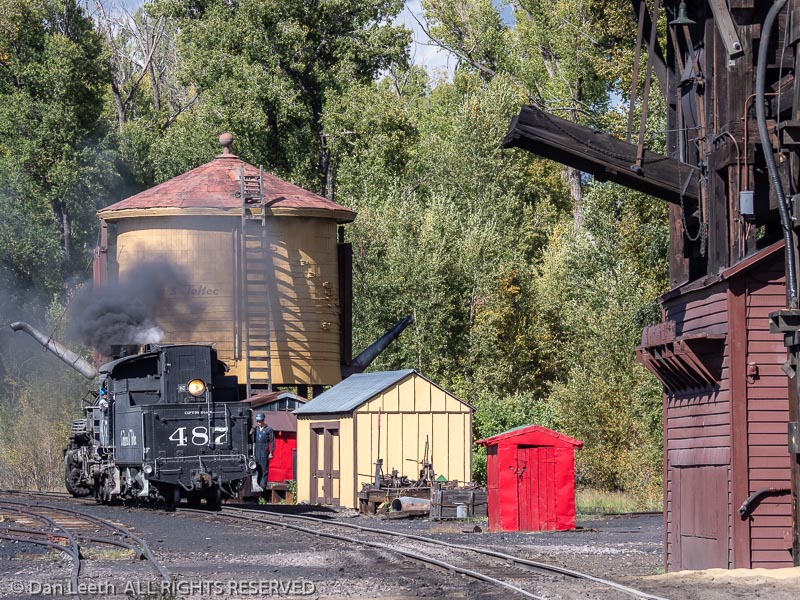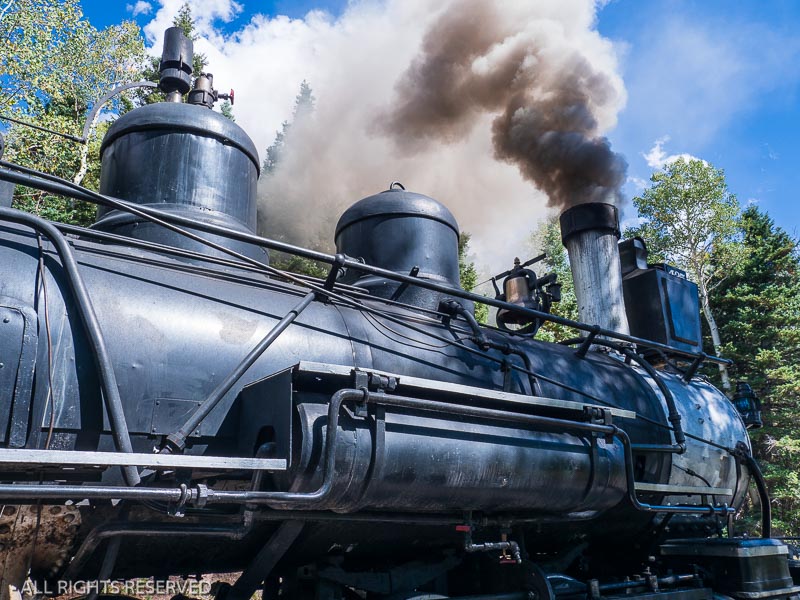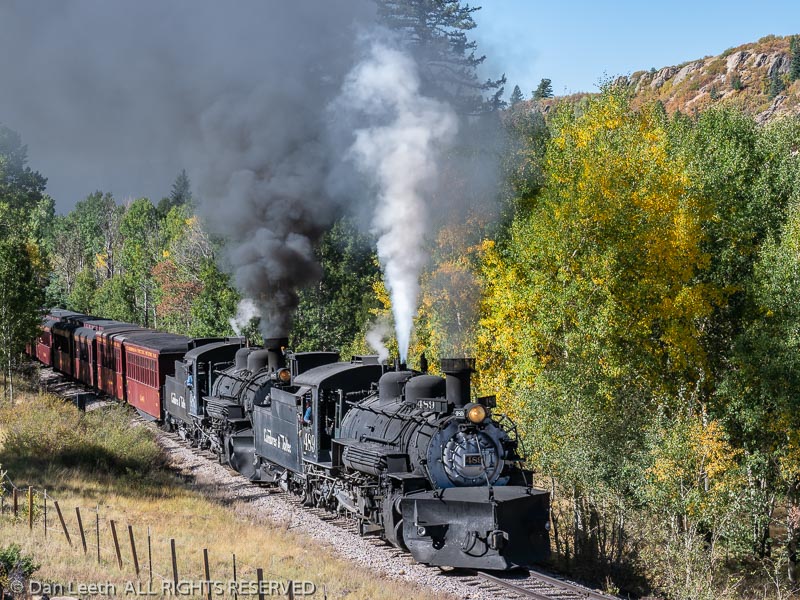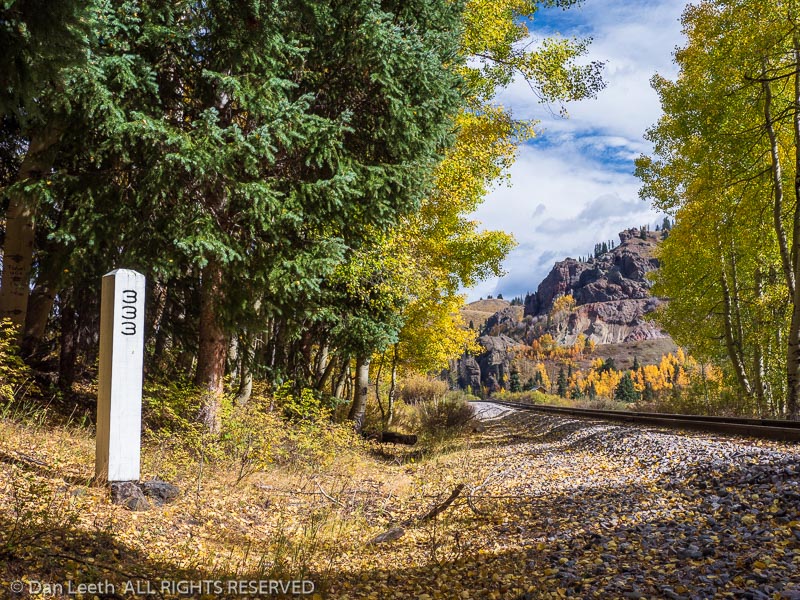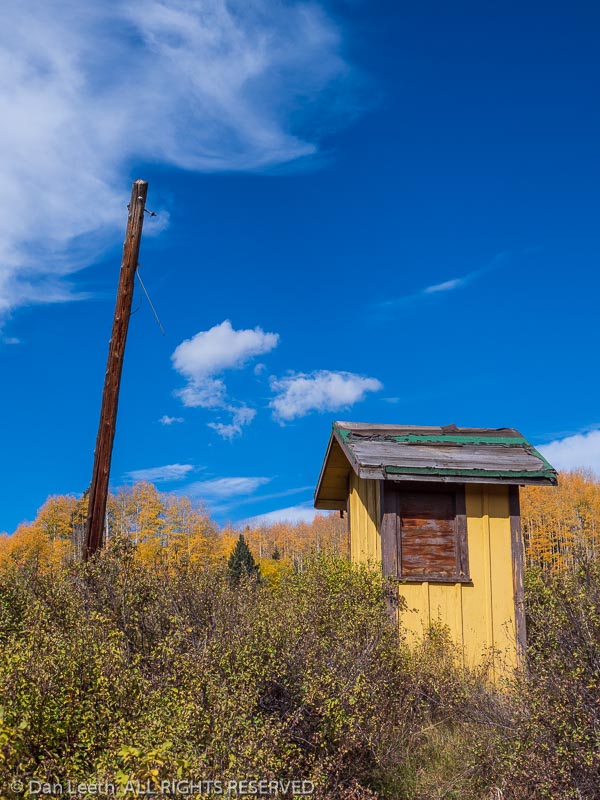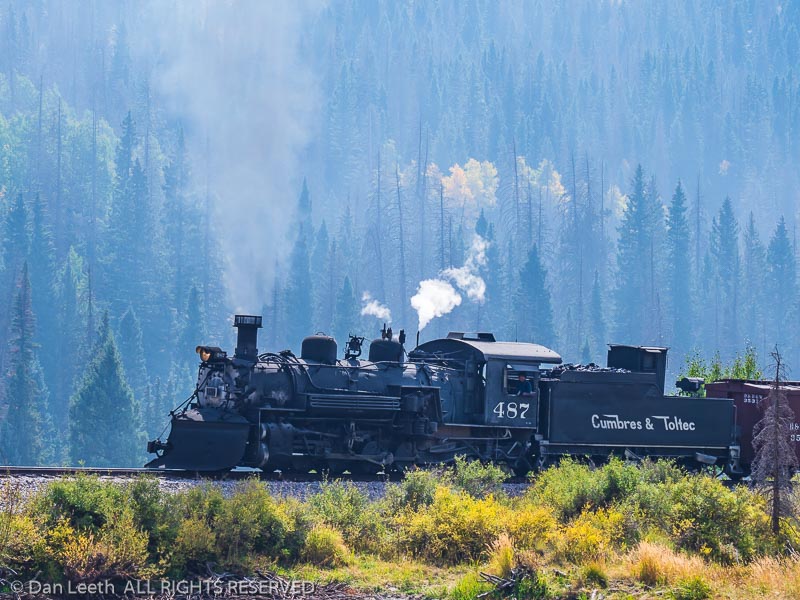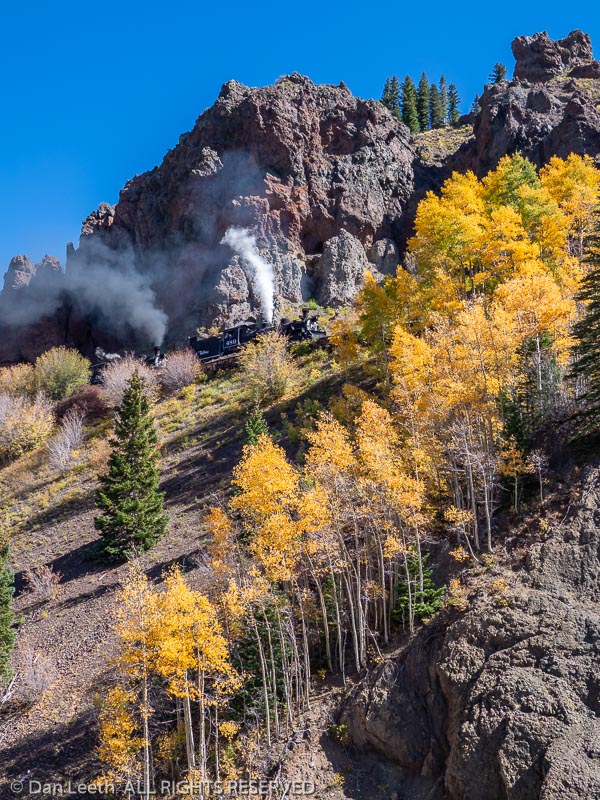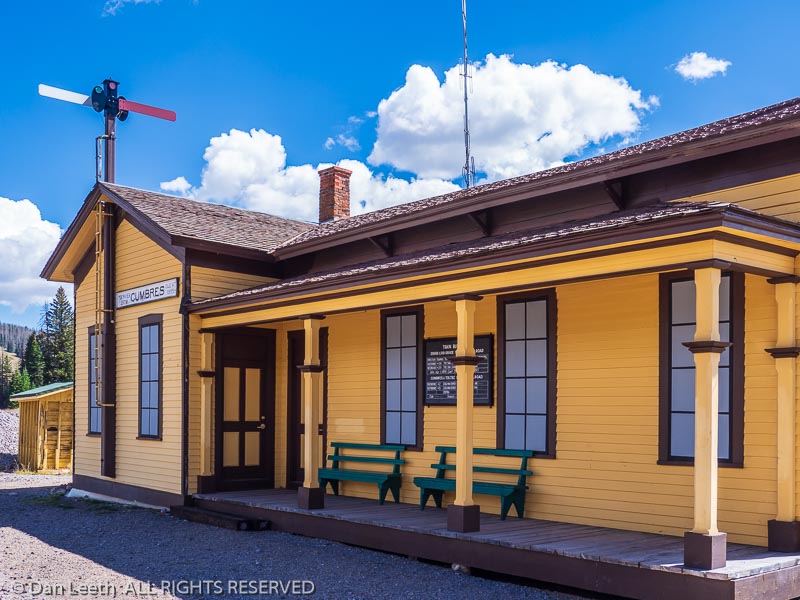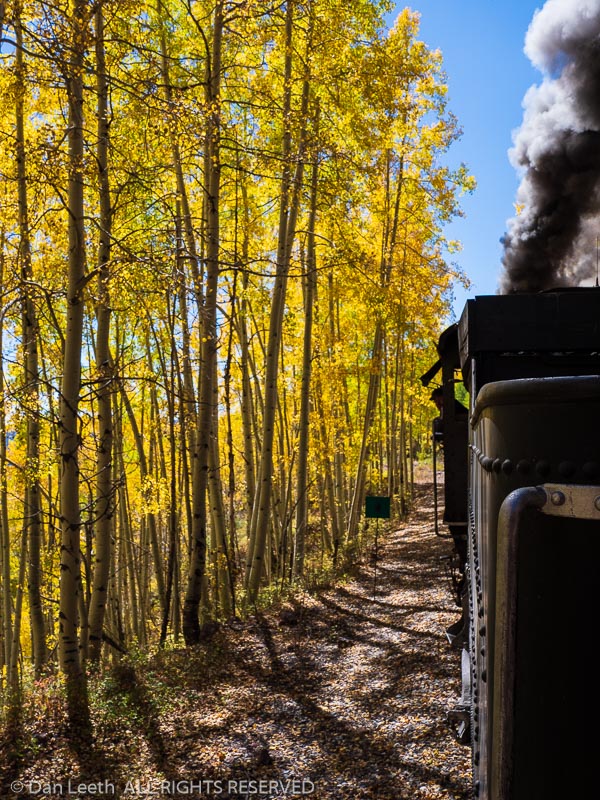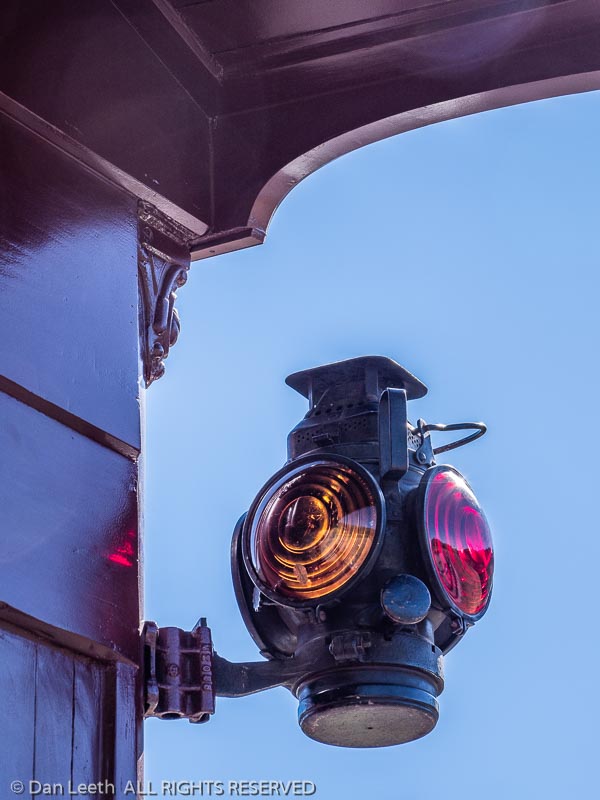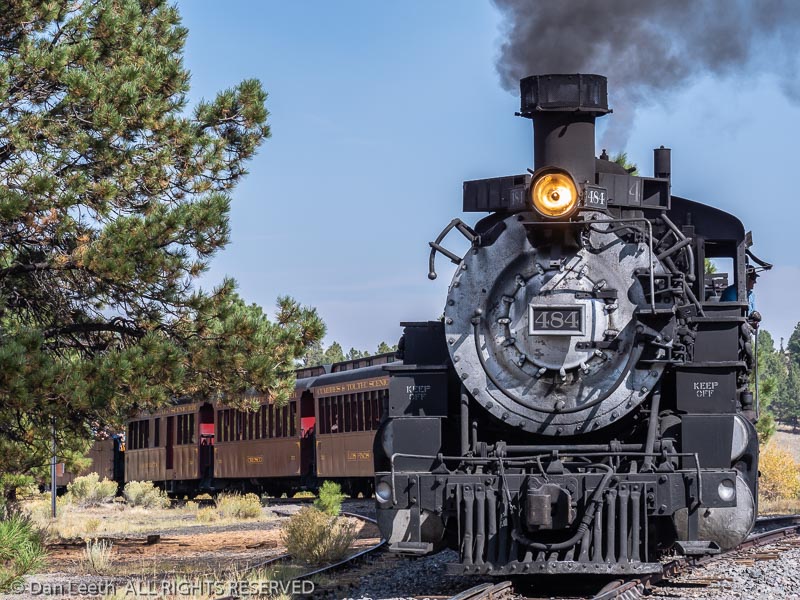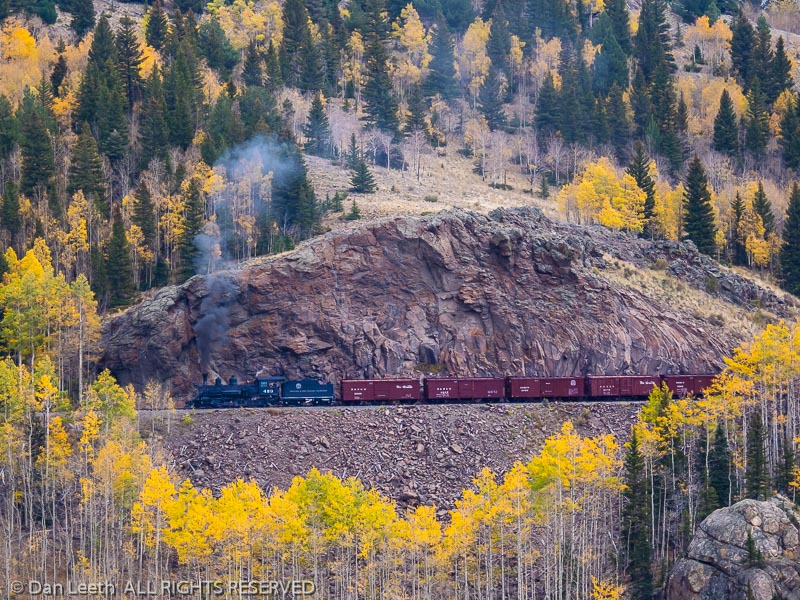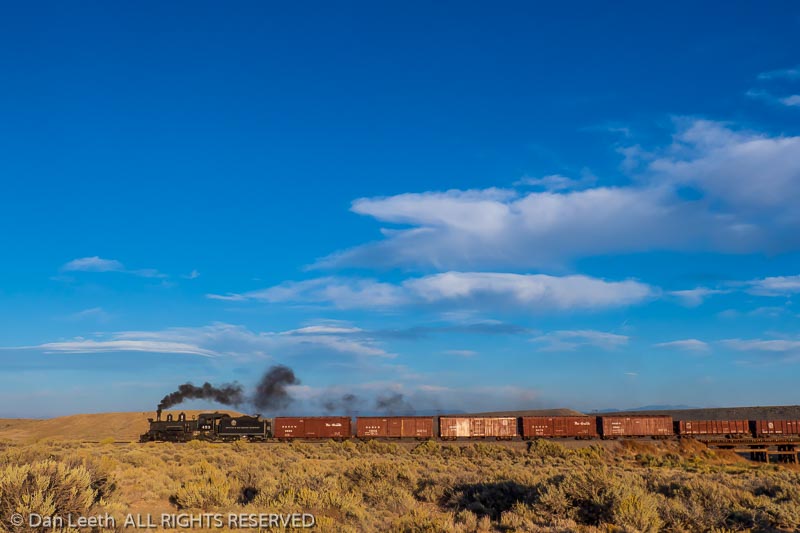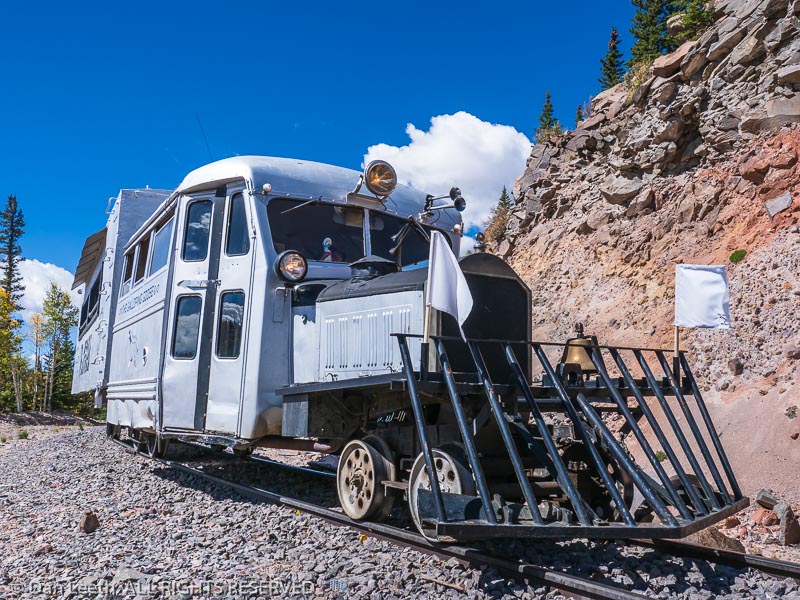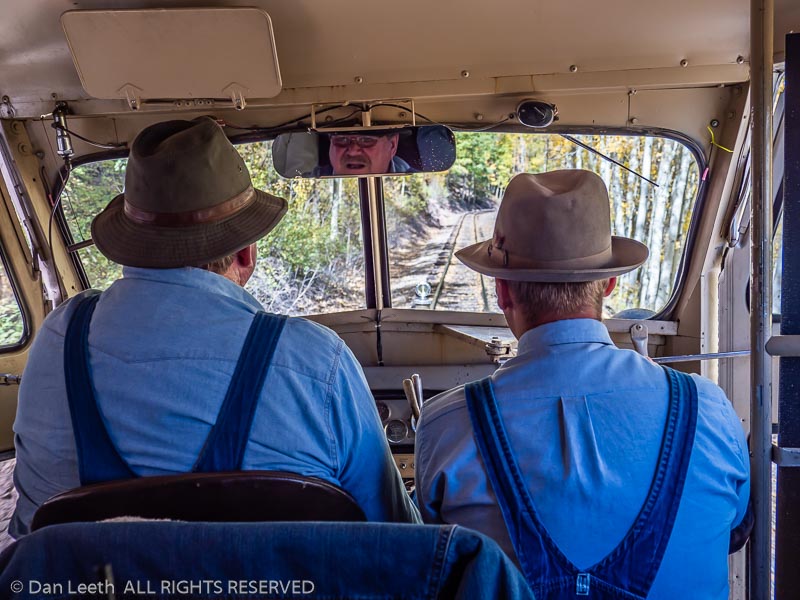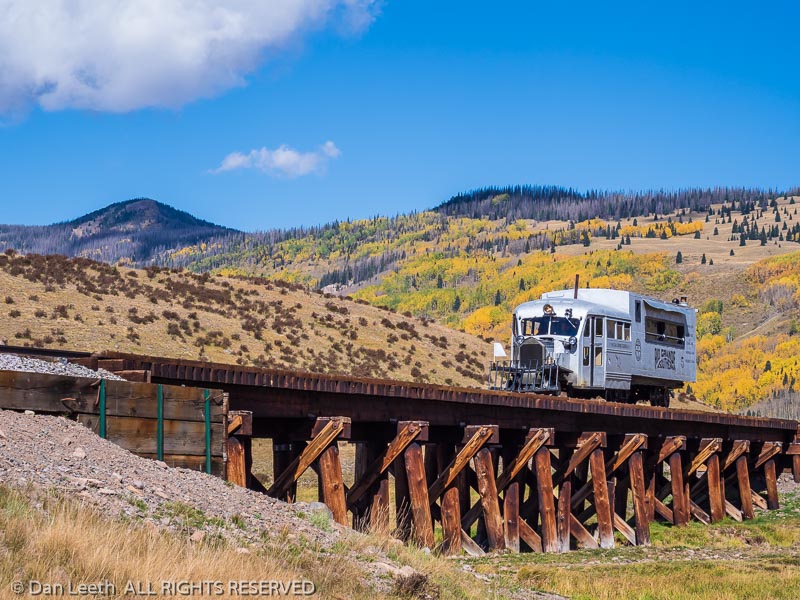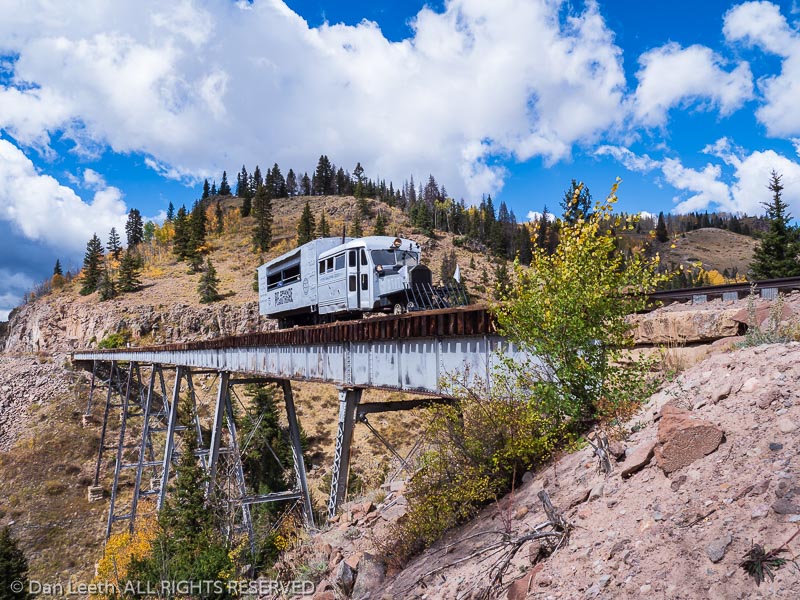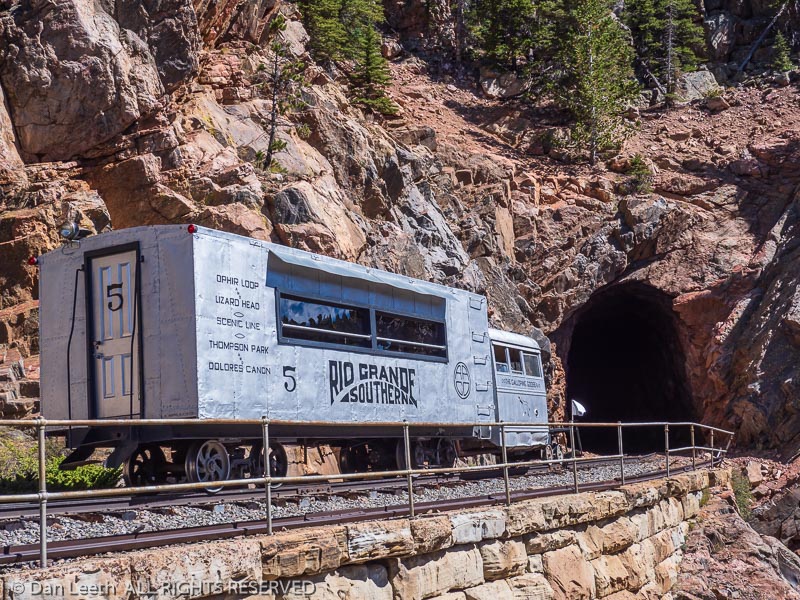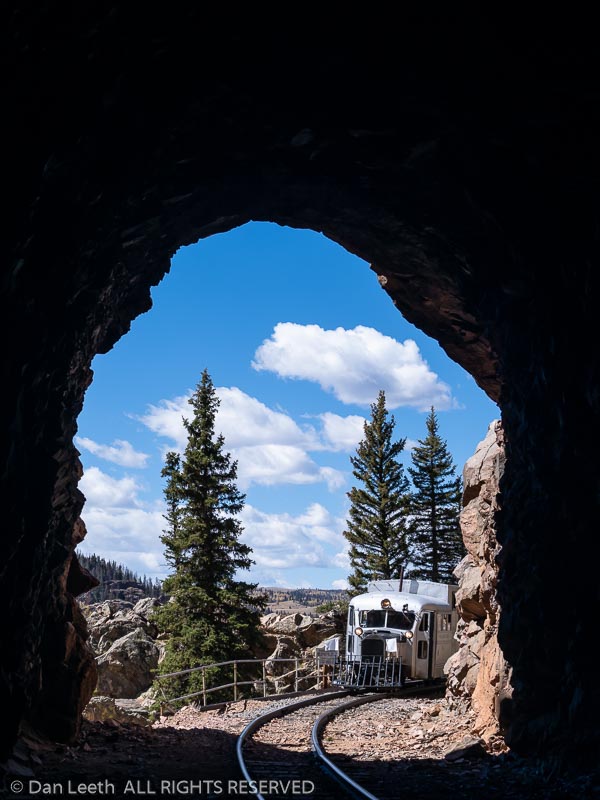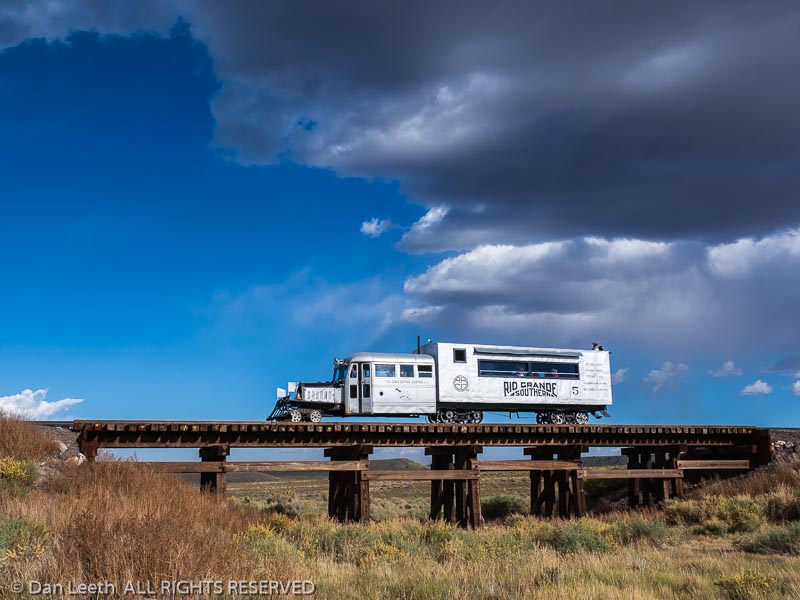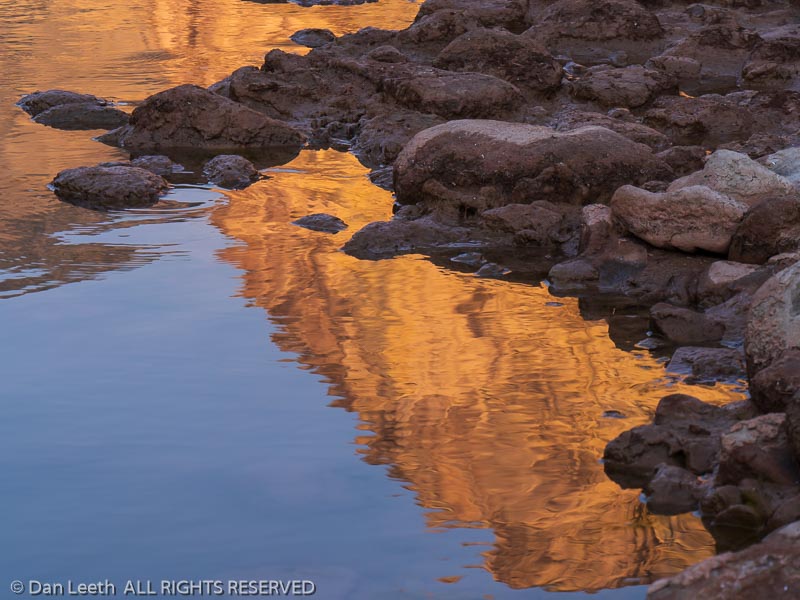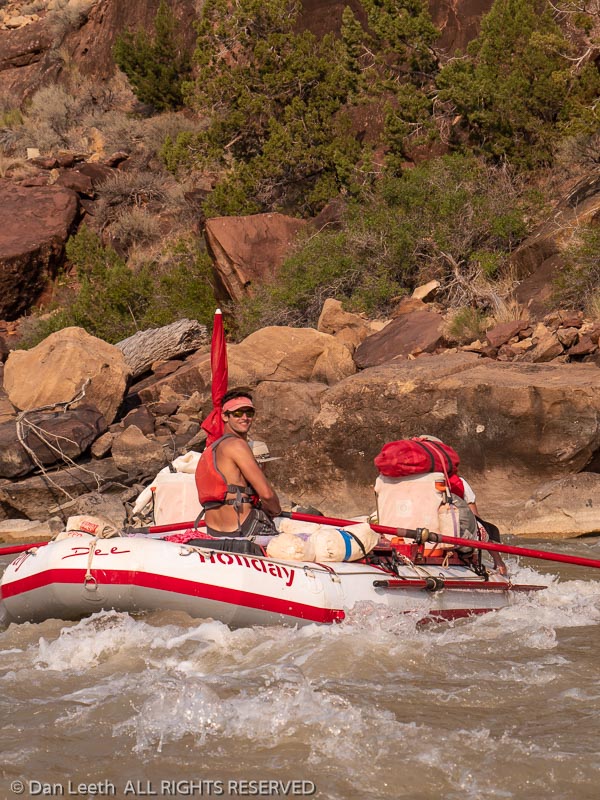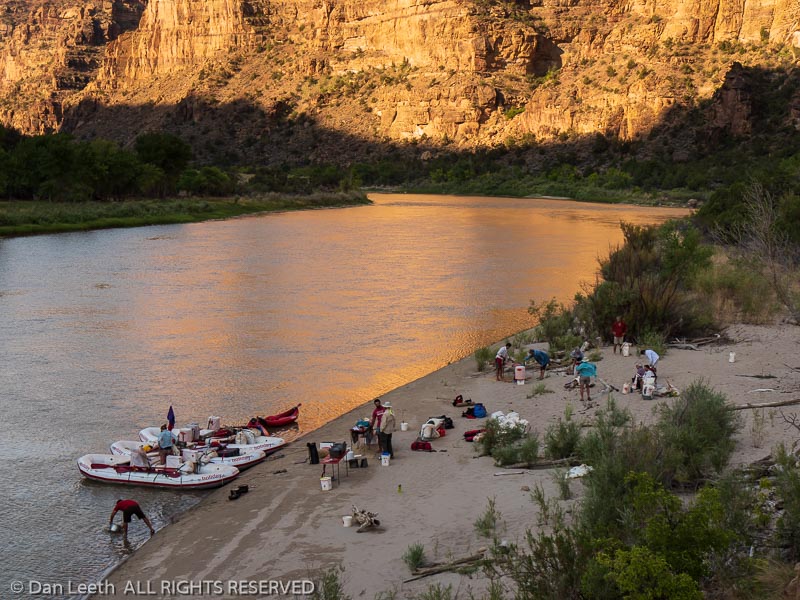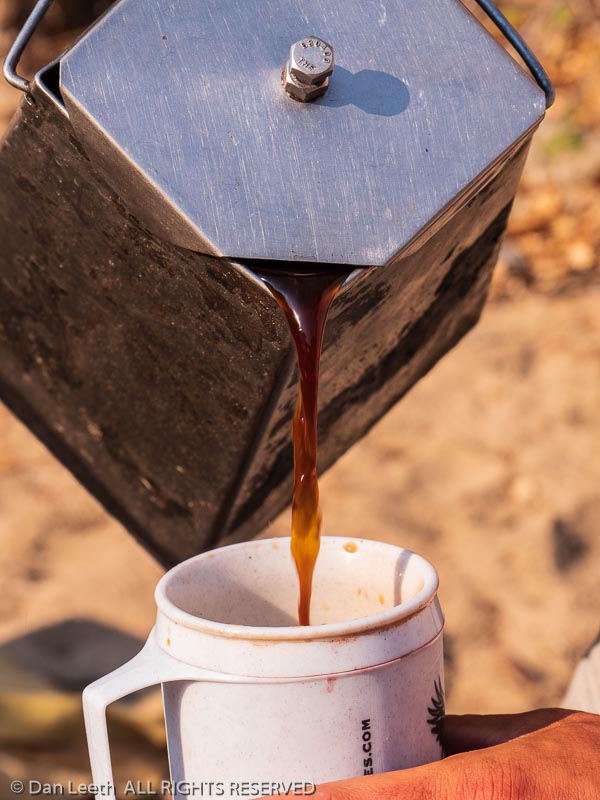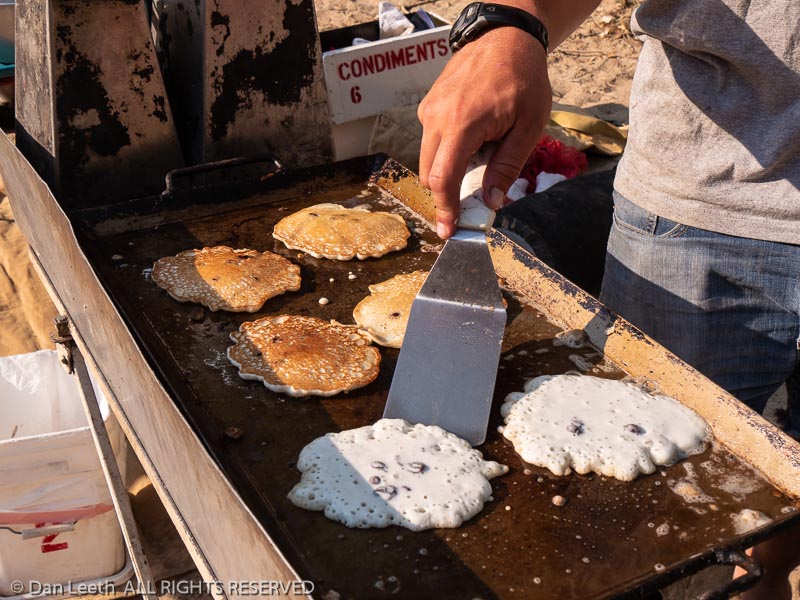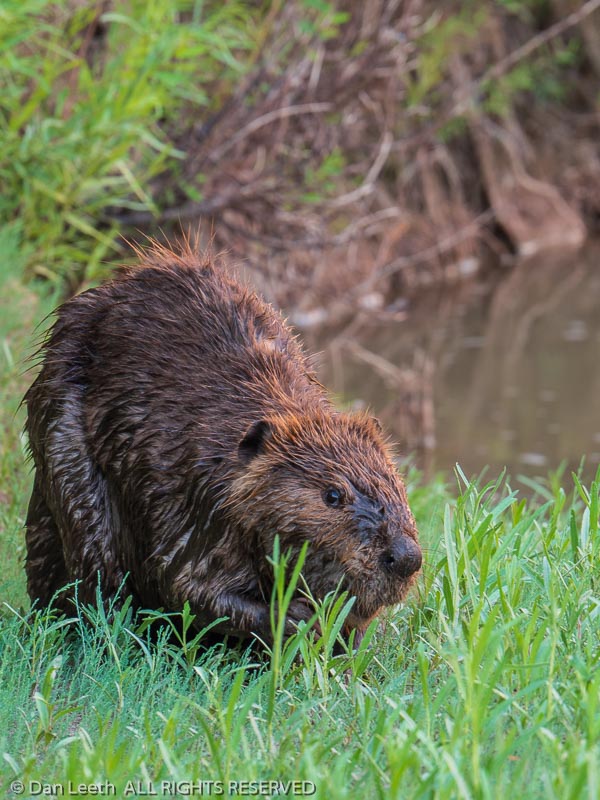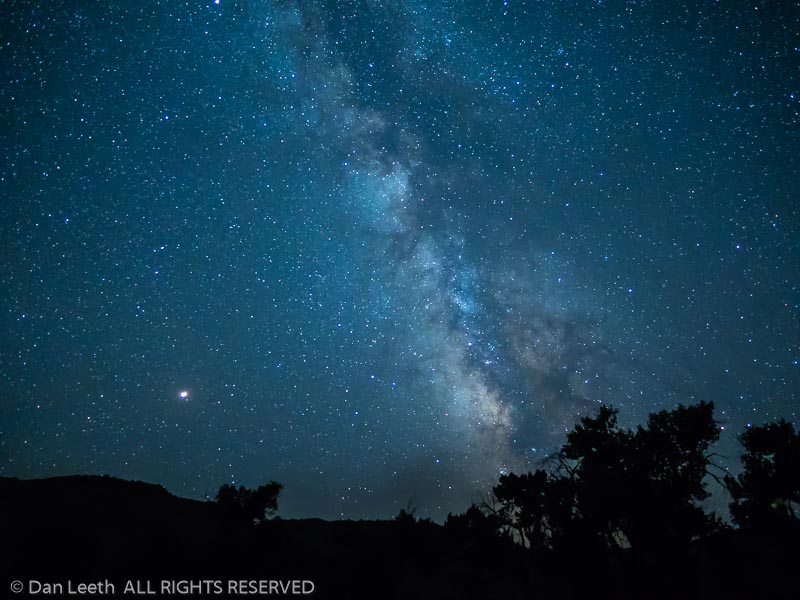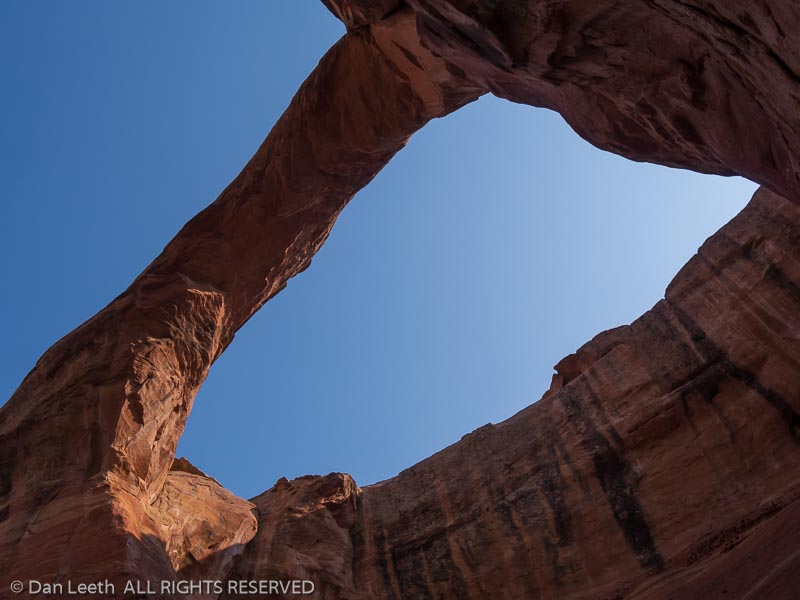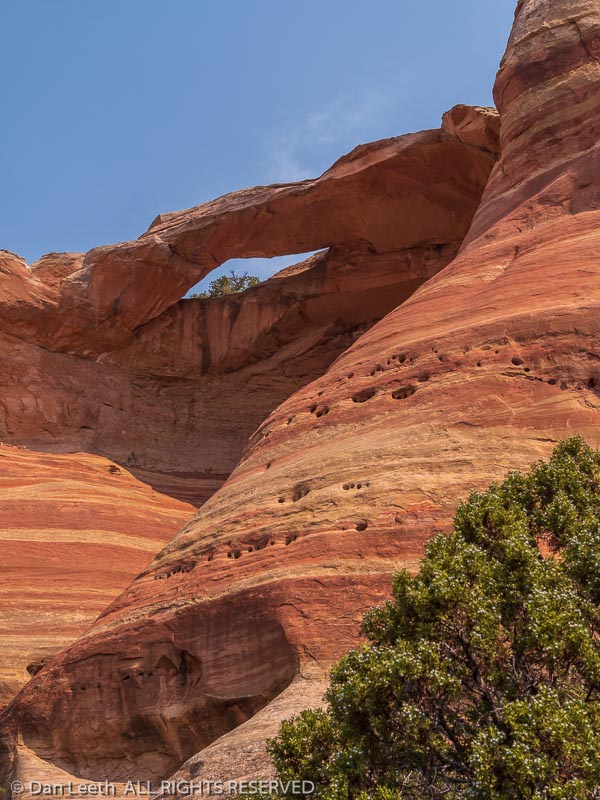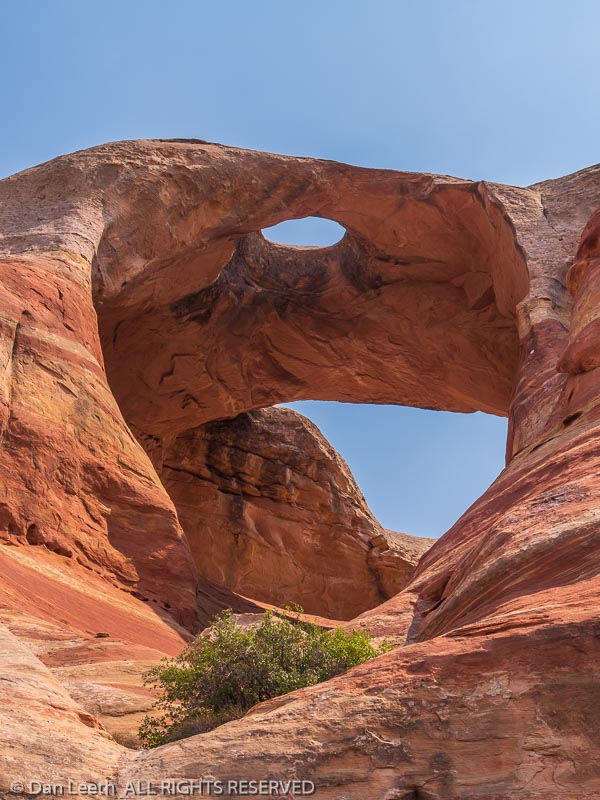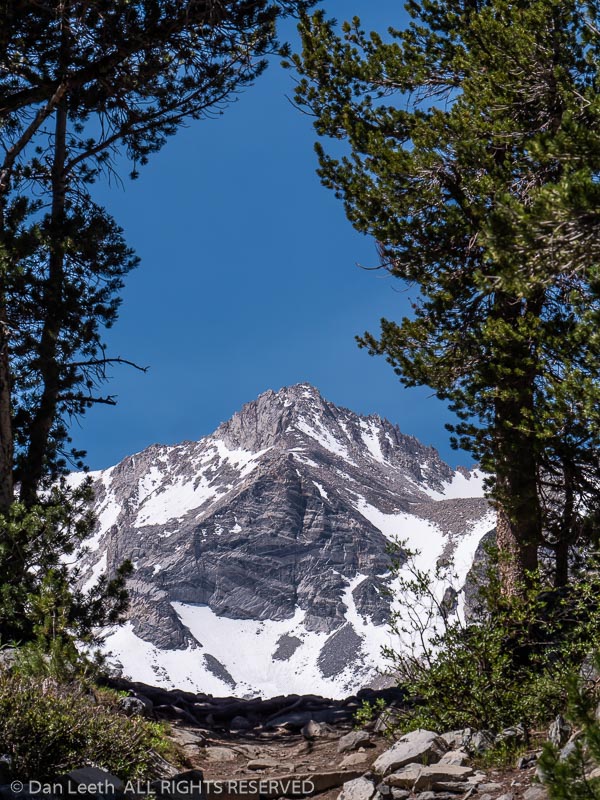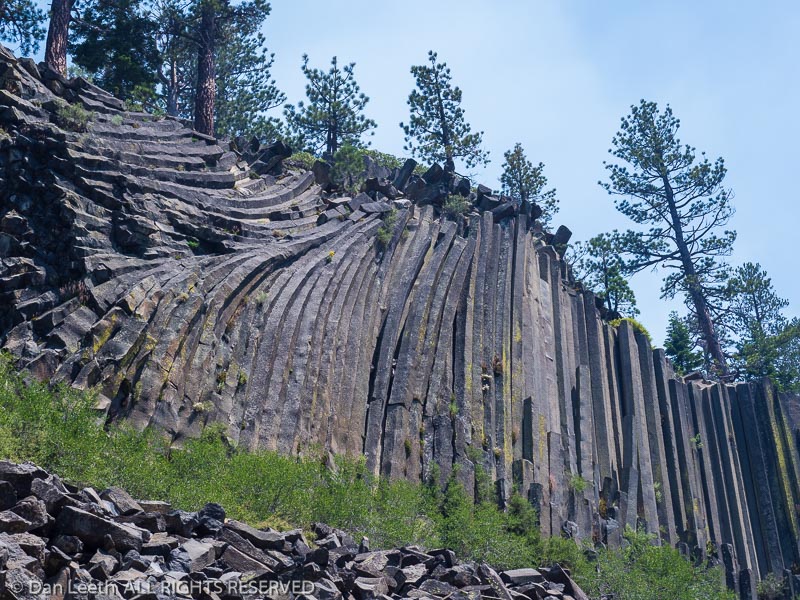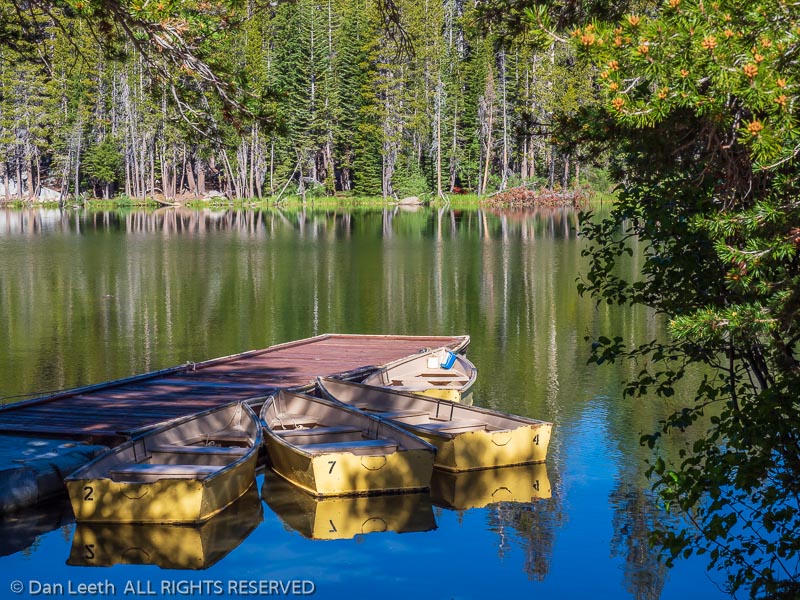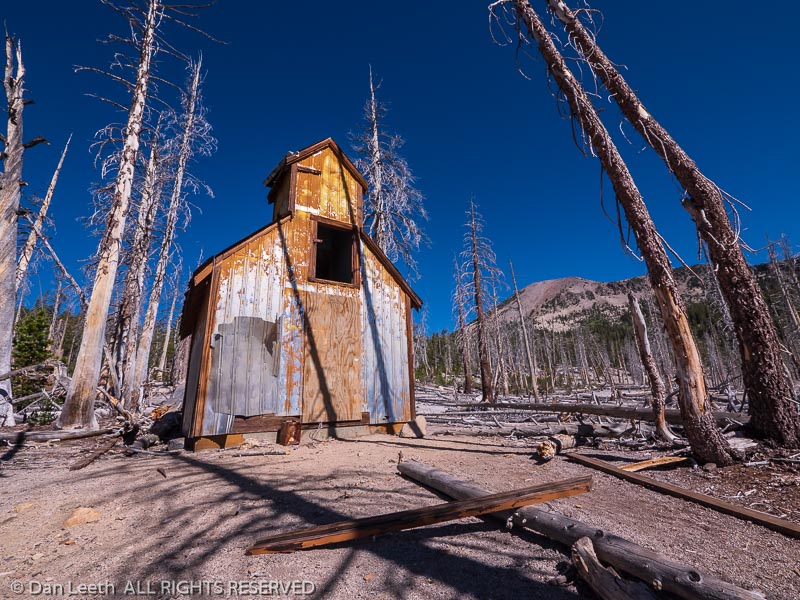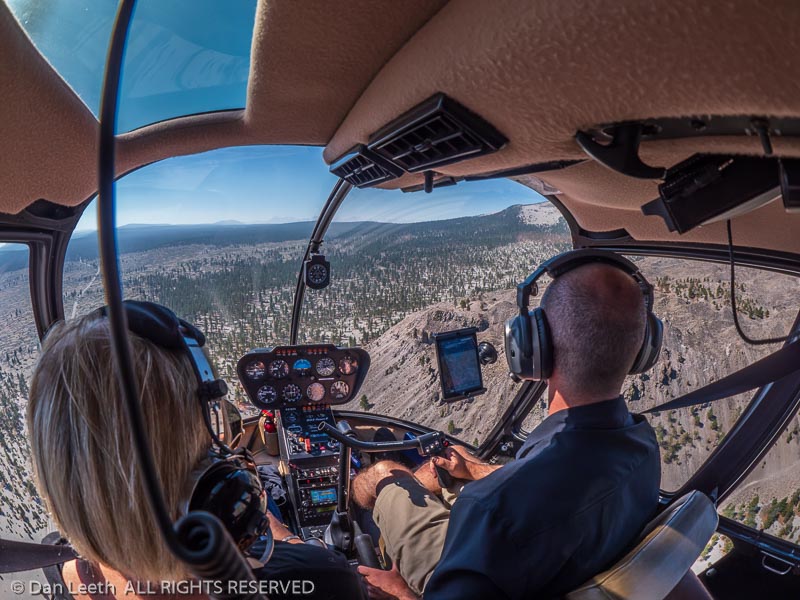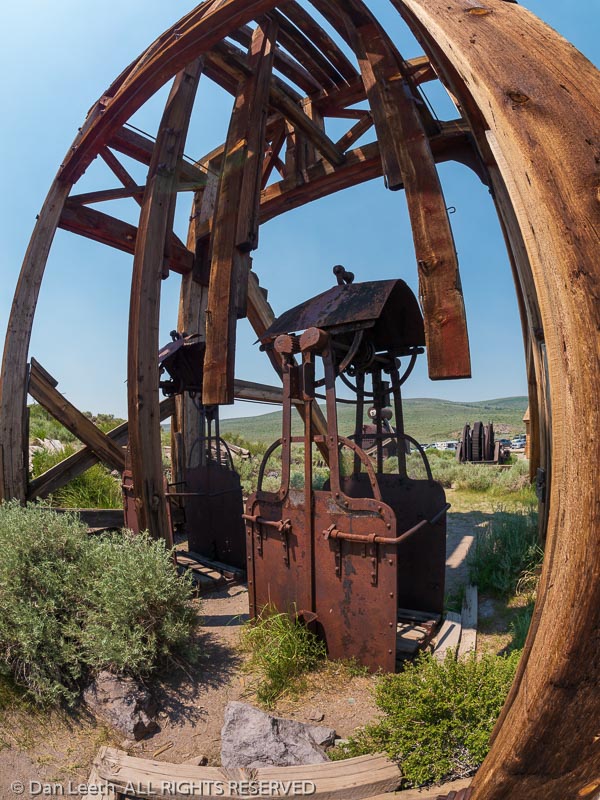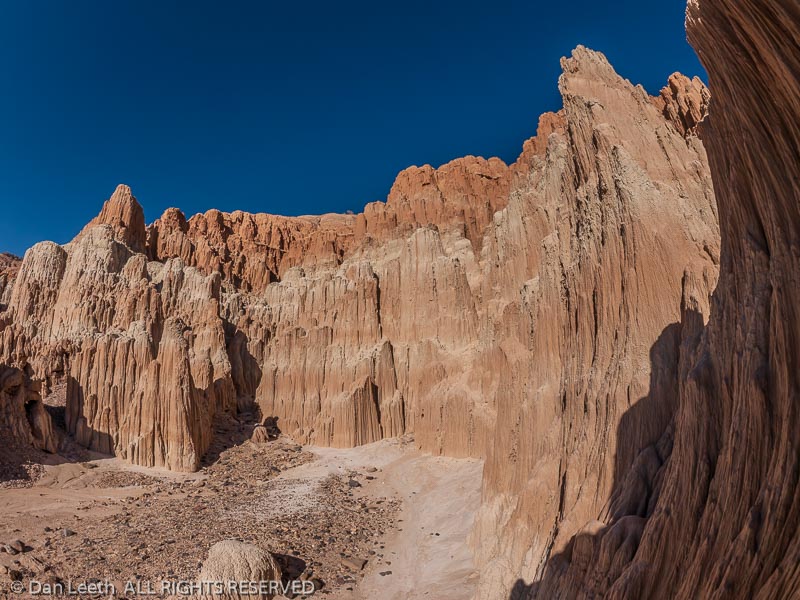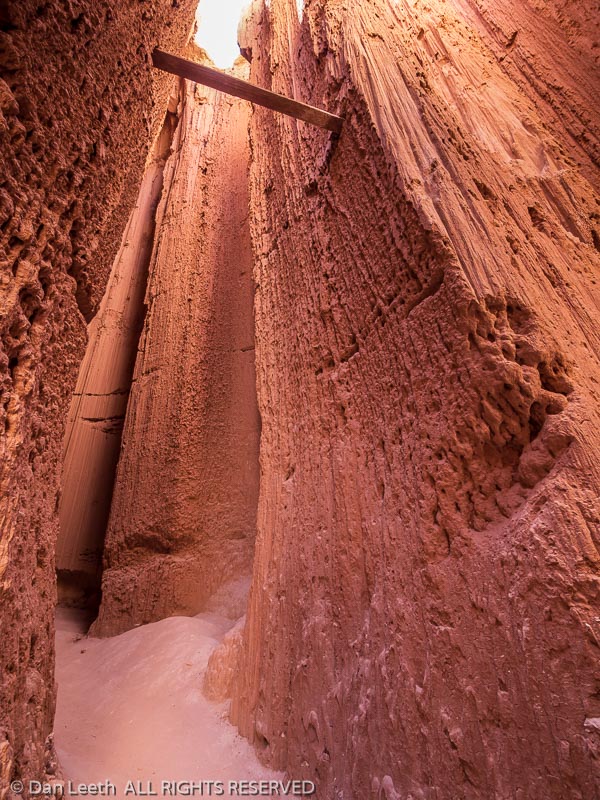
We just celebrated our 365th night of camping in our trusty Rockwood A-frame camper. That’s over six seasons. Not bad when you consider that over the first year and a half, my wife, Dianne, was still afflicted with the curse of full-time employment.
Here’s a breakdown of the types of spots we parked for the night:
- 119 nights in U.S. state park campgrounds
- 33 nights in Canadian provincial park campgrounds
- 55 nights in U.S. national park campgrounds
- 29 nights in Canadian national park campgrounds
- 42 nights in Forest Service campgrounds
- 17 nights in Corps of Engineers campground
- 6 nights in BLM campgrounds
- 2 nights in county park campgrounds
- 2 nights boonie camping in the forest
- 3 nights parked on the curb in front of Dianne’s sister’s house
- 57 nights in commercial RV parks
We’re outdoors people, so spending a third of our camping nights in state parks was not surprising, nor was the number of nights spent in national parks/monuments.
What was sobering were how many nights we overnighted in commercial RV parks. They’re not our first choice of places to camp, but some have been quite nice. We just spent a very pleasant dozen nights at the Rio Chama RV Park (see photo) in Chama, New Mexico, and in the springtime enjoyed a five-night stay at the View RV Park and Campground near Dolores, Colorado. A pair we stayed at in Canada were formerly wooded city park campgrounds.
And then there’s our favorite KOA in Bernalillo, New Mexico, which lies adjacent to a nice little brew pub. We’ll hit that again on the way home from this trip.

